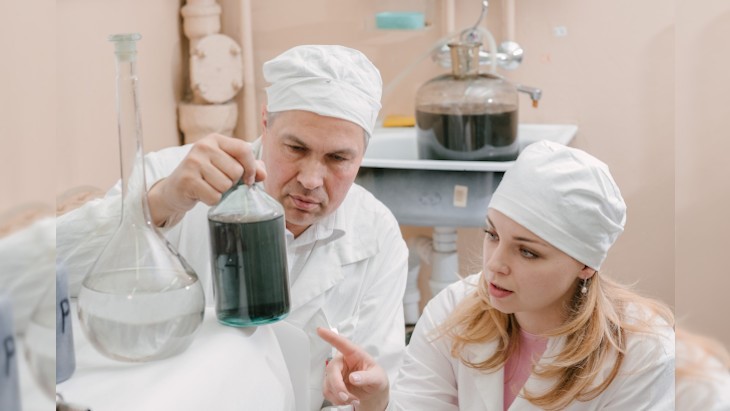Instead of using water-based solvents to remove radioactive contamination from plastic and rubber equipment, Bochvar researchers developed a technique based on supercritical fluid solvents.
At high pressures, the distinction between a liquid and a gas disappears and without surface tension the solvents can penetrate deeply into the material and remove more contamination.
Bochvar gave carbon dioxide and freons as examples of supercritical solvents.
"Now, by reducing contamination, such materials can be reclassified and transferred to lower activity classes, which will significantly reduce their volume and disposal costs," said Vitaly Vidanov, leading researcher of the Department of Radiochemical Technologies at Bochvar.
Another advantage is that overall there is less secondary waste arising from the process that must be disposed of. There is no water to be managed, purified or disposed of.
The Bochvar Institute's full name is Academician A A Bochvar High-Technology Research Institute of Inorganic Materials and it is also known by its initials, VNIINM. It is part of TVEL, which is the fuel manufacturing subsidiary of Russia's state nuclear corporation Rosatom.





_23621.jpg)

_63865.jpg)
_18570.jpg)





